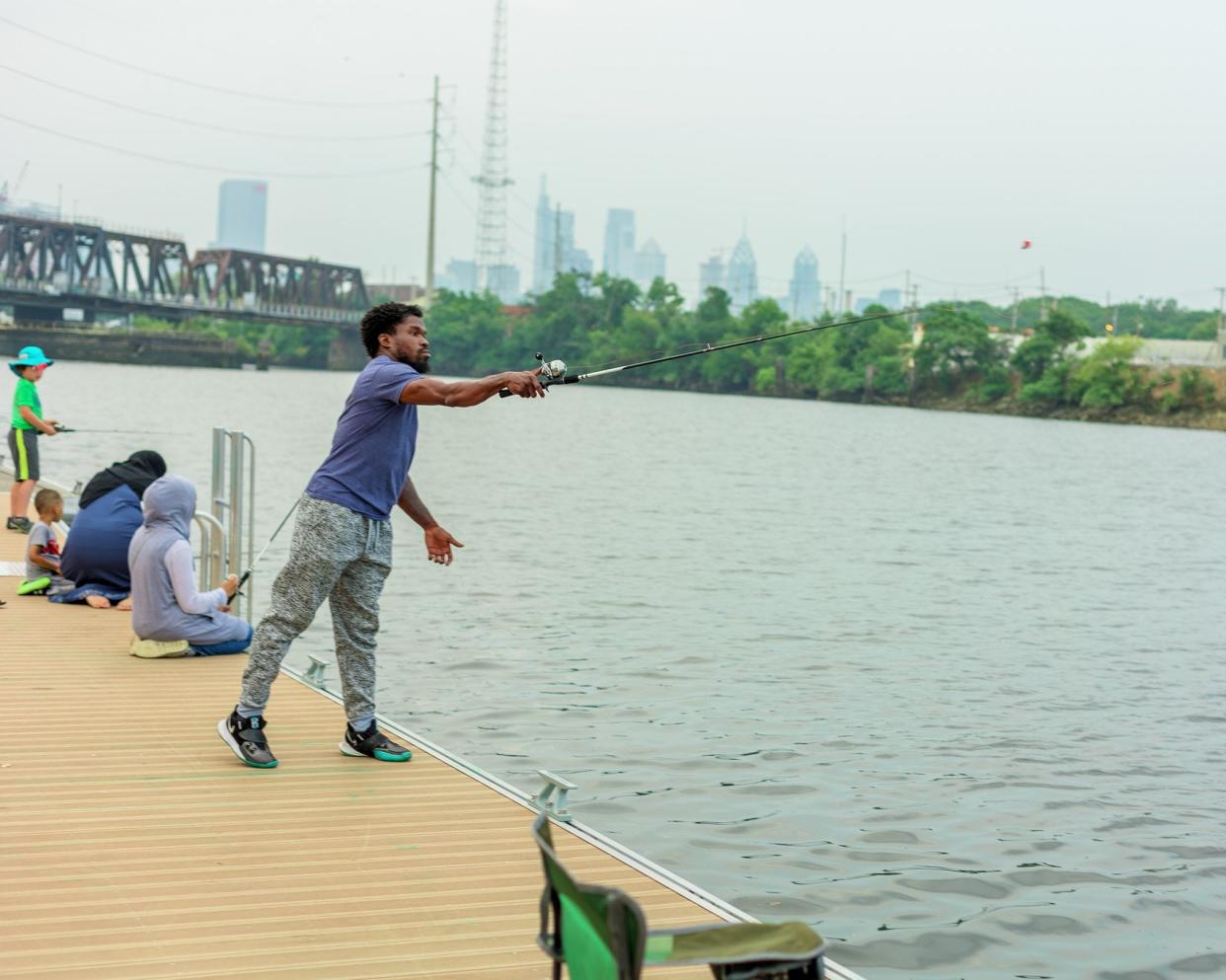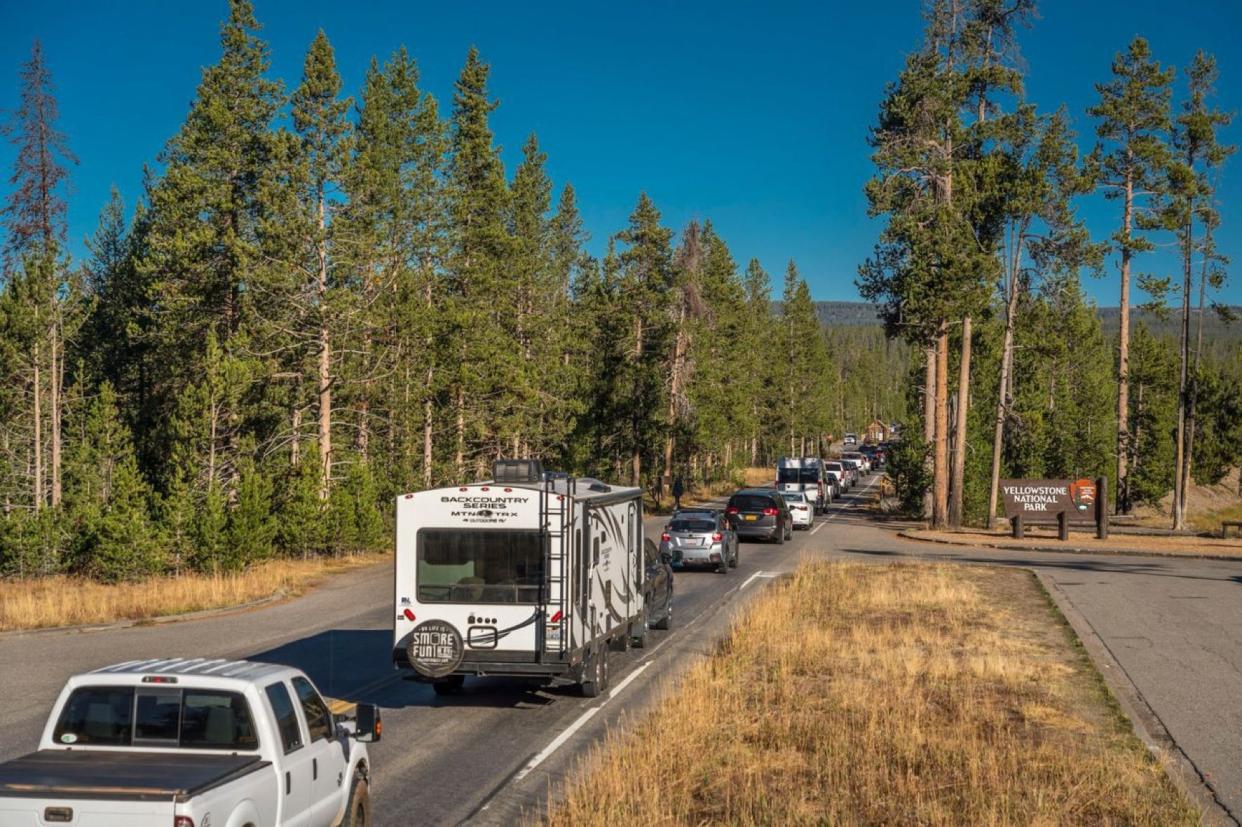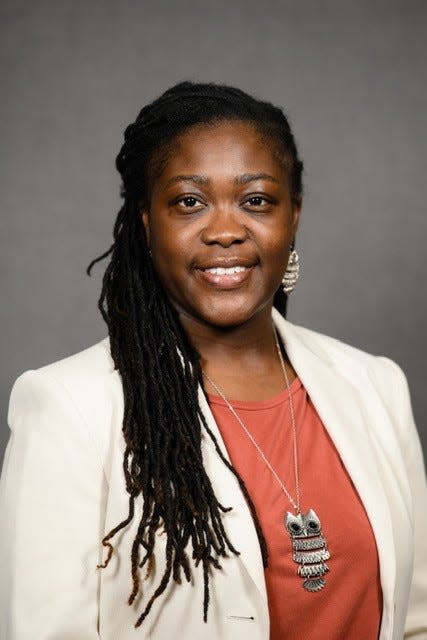More Americans than ever enjoying outdoor health benefits. But racial inequities persist.
When Maitreyi Roy first came to Bartram’s Garden a decade ago, it was a hidden gem along the banks of the Schuylkill River in southwestern Philadelphia: 50 acres of verdant fields and trees surrounding a historic home and garden whose roots reached back three centuries.
The only thing missing was people.
As the new executive director, Roy had her work cut out for her. Initial surveys found that many neighboring residents, who are predominantly Black, didn’t even realize Bartram’s was a public park. It took time and further engagement to learn what kinds of programming and services they needed to begin using the space.
Within a few years, an estimated 100,000 people were coming to Bartram’s annually to walk, boat, fish and watch birds, a three- to four-fold increase. Attendance continued to grow steadily through 2020, when Roy shuttered many programs to keep visitors safe from COVID-19.

More: Hiking hasn't always been accessible to all, but these groups are opening up the outdoors
Then, something surprising happened. Roy saw more visitors than ever lining up to fish along the banks of the Schuylkill. So much so that staff installed the park’s first bait vending machine and set up no-contact rentals for fishing gear.
As lockdowns waned and programs reopened, interest in other activities exploded, too. Nearly two years after the pandemic began, Roy is still figuring out how to adapt to the demand as she tries to raise funds to hire more staff and hold more programs.
“This winter, we took an extra long break for staff because the volume last year was really intense,” Roy said. “Now, we’re back and recharged and ready for the next (warm) season. We’re expecting it to be pretty demanding again.”
Roy’s experience illuminates twin challenges parks professionals across the country are facing. Pushed by the pandemic, more Americans than ever are getting outside, according to a new study from Penn State University, the University of Montana, and the Leave No Trace Center for Outdoor Ethics.

At the same time, outdoor recreation is still largely dominated by white Americans, the research found. Nearly all other races continued to lag, or even stopped getting outdoors during the pandemic in disproportionate numbers, said B. Derrick Taff, an associate professor at Penn State and co-author of the study.
“If you look across the U.S., your park or protected area recreationists tend to be white, tend to have higher socioeconomic status, and higher education levels,” Taff said. “This is concerning because our results indicate that these increases in outdoor recreation reflect more of the same.”
Benefits of getting outdoors
Since the beginning of the pandemic, about 1 in 5 Americans began engaging in a new outdoor hobby – from birding to biking to backpacking – at least once a month, Taff and his colleagues found.
Prior studies showed a sharp uptick in outdoor activity early in the pandemic – including a crush of visitors at national parks like Yellowstone and Yosemite. Last year, the Outdoor Industry Association, a trade group, found that 160 million Americans participated in at least one outdoor activity in 2020, an increase of 7 million from the year before and the largest one-year jump on record.

The new study took a deeper look and found a lasting effect. The research suggests the pandemic has pushed the percentage of Americans participating in an outdoor activity at least once a month to more than 50%, the highest on record.
“That’s far more than any previous study that’s addressed this,” Taff said. “And I think it’s likely here to stay.”
Instead of trips to national parks, the most popular activities are taking place closer to home, or even in residents' backyards. Gardening was the most popular activity listed by survey respondents, followed by hiking, birdwatching, running and fishing, according to Will Rice, a University of Montana assistant professor and study co-author.

“Those are things that typically have a pretty low barrier to entry,” Rice said.
Studies have long linked time spent outdoors to a range of health benefits, said Katrina Black Reed, a researcher in the recreation, park and tourism department at Penn State Abington. In a separate survey of 116 teenagers that Reed and her colleagues conducted during the pandemic, results suggested that getting outside helped children adapt.
“It gave them that confidence and competence to go outside. Like, ‘I can do this,’” Reed said. “It kind of helped them cope through the pandemic.”

For adults, past research has linked time spent in nature to decreased risk of cardiovascular disease, obesity, diabetes, and mental distress, noted Peter Newman, head of Penn State’s Department of Recreation, Park and Tourism Management and co-author with Taff and Rice. Because health problems usually get worse during a pandemic, the value of outdoor recreation is even greater, Newman said.
“Outdoor recreation and parks really should be part of the discourse on public health,” Newman said. “These are places where people not only feel better, but there are measurable health benefits.”
Access to outdoors not equal
But the research also found that not all Americans are enjoying these benefits equally. Among those who were already getting outside monthly before the pandemic, the study found about 14% stopped once COVID-19 started. And among that group, Black, Latino, Asian and Indigenous people were disproportionately represented.
Meanwhile, the people newly going outdoors were by and large white. The findings reinforce concerns that are already a pressing topic in the parks and recreation profession, Taff said. Figuring out why some groups feel unwelcome or lack ready access to outdoor spaces is a topic researchers hope to study in the future.
One theory: a lack of access for urban residents to outdoor spaces, especially those with adequate room to socially distance. Prior studies found that parks in predominantly white and high-income areas have about one acre for every 50 people. But parks serving predominantly minority communities have just one acre for every 500 people.
Another possibility: Many people of color may not feel safe in outdoor spaces.
Reed, the Penn State Abington researcher, is a Black woman and mother of three children. She draws a connection between the racial justice movement that arose around the murder of George Floyd in May 2020 and the sense of belonging among Black people in outdoor spaces frequented by white people.
The same day of Floyd’s murder, Amy Cooper, a white woman visiting New York Central’s Park, called police after Christian Cooper, a Black man of no relation who had been watching birds, asked her to leash her dog in an area where it was required.
And earlier that month, video footage emerged of the murder of Ahmaud Arbery, a Black Georgia man followed by three white men and gunned down while jogging through a residential neighborhood.
It stands to reason, Reed said, that such incidents drove home a message to Black Americans that the outdoors aren’t safe.
“Even when I go outside to walk the neighborhood (during COVID), I would always take my grandson with me because I wanted to appear less threatening,” Reed said. “I think the decrease in people of color participating in outdoor recreation has something to do with that. … Just incidents and situations that make it look like the outdoors is not inviting for people of color.”
Such problems do not lend themselves to simple solutions, said Andrew Mowen, a Penn State parks and recreation researcher who collaborates with Philadelphia and parks like Bartram’s Garden. Often, park managers too locked in on simply driving up attendance wind up supporting changes that lead to gentrification or otherwise disrupt the fabric of the community.
Instead, some parks and recreation departments have embraced the philosophy of “Just Green Enough,” an approach that emphasizes modest changes or small “pocket parks” that offer access to outdoor spaces without drawing unwanted attention, Mowen said. Or, if a park does lead to an influx of real estate investments, public officials commit themselves to ensuring economic benefits are shared equally with local residents.
“We have seen some promising developments,” Mowen said. “There are local organizations saying, ‘We’re going to do something about (inequity).’"
To draw diverse visitors to a park, managers must do real and deep engagement with residents, Mowen added. That can include listening sessions. But park managers must also deliver results and empower residents to take an active role in programming.
“You need interesting programs, where it’s fun to be there, and you’ll feel welcome and won’t be harassed,” Mowen said. “And fellow visitors that you can connect with and feel comfortable with.”

Roy, the executive director of Bartram’s Garden, believes her park is an example of one doing it the right way. Prior to the pandemic, Bartram started an on-site vegetable garden after hearing from residents about a lack of fresh produce in their neighborhoods. When the pandemic limited operations, Bartram’s staff helped 180 residents start backyard gardens of their own.
Count them among the millions of Americans newly attuned to the benefits of the outdoors –and newly interested in their local public spaces.
“As the health and wellness-type programs, as the vegetable gardening program and community beds started coming back into production, we saw a tremendous spike in growth in attendance,” Roy said. “The numbers were just staggering.”
This article originally appeared on USA TODAY: COVID pushed more Americans outdoors. But racial inequities persist.
